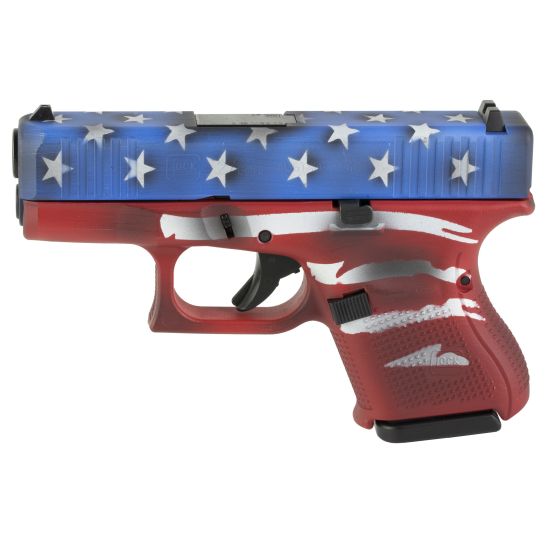High-performance personal defense pistols are engineered to meet the rigorous demands of law enforcement, military personnel, and civilian self-defense users. These firearms incorporate advanced technologies, materials, and design philosophies to enhance their reliability, accuracy, durability, and ease of use under stressful conditions. Here we delve into the key high-performance features of personal defense pistols, examining how they contribute to the effectiveness of these critical tools in life-threatening situations.
Reliability
At the core of a high-performance personal defense pistol is its reliability. Manufacturers achieve this through precision engineering and the use of high-quality materials that ensure consistent performance over thousands of rounds. Reliability is paramount because, in a defensive scenario, the failure to fire can have dire consequences. Features such as enhanced extractor designs, robust firing pin mechanisms, and highly reliable feed systems (e.g., magazines with anti-tilt followers) are common in these pistols to ensure they operate smoothly in various conditions, including extreme weather and after exposure to dirt and debris. An example of such reliability can be seen in the Glock 27, a compact but powerful firearm favored for personal defense.
Accuracy
Accuracy in a personal defense pistol is critical for ensuring that shots fired in a high-stress situation hit the intended target, minimizing the risk to bystanders. High-performance pistols often come with superior barrel manufacturing processes, such as polygonal rifling, which not only enhance accuracy but also prolong barrel life. Sights are another crucial factor, with many top-tier defense pistols equipped with night sights or red dot optics that allow for quick and precise target acquisition, even in low-light conditions.
Ergonomics and Customization
Ergonomics play a significant role in the effectiveness of a personal defense pistol. A handgun that fits well in the hand and has controls (e.g., safety, slide release, magazine release) that are easily accessible can be operated more efficiently and comfortably. High-performance models often feature customizable grip panels, adjustable backstraps, and ambidextrous controls to accommodate shooters of all hand sizes and preferences. Additionally, the incorporation of accessory rails allows for the attachment of tactical lights and lasers, further enhancing the pistol’s versatility and performance in various scenarios.
Durability and Maintenance
The use of advanced materials such as polymer frames and corrosion-resistant finishes (e.g., nitriding, Cerakote) contributes to the durability of personal defense pistols. These materials withstand the rigors of daily carry and exposure to harsh environmental conditions without compromising the firearm’s integrity or performance. Furthermore, modern design philosophies often emphasize ease of maintenance, with field-stripping procedures that require no tools and allow for quick and efficient cleaning and inspection.
Capacity and Caliber
The debate over capacity and caliber is ongoing, but high-performance personal defense pistols often strike a balance between the two, offering sufficient firepower while remaining compact and manageable. Models are available in various calibers, including 9mm, .40 S&W, and .45 ACP, each with its advantages in terms of stopping power, recoil, and magazine capacity. Manufacturers strive to design magazines that maximize capacity without significantly increasing the size or weight of the pistol, ensuring that users have enough rounds on hand in a defensive situation.
Safety Features
Safety is paramount, and high-performance pistols incorporate several features to prevent accidental discharge. These include trigger safeties, firing pin safeties, and grip safeties, which require deliberate action by the user to disengage. Some models also offer external manual safeties and decocking levers, allowing for safer carrying conditions and providing users with options to tailor the pistol’s safety mechanisms to their training and preferences.
Advanced Technologies
Innovation continues to drive the evolution of personal defense pistols, with manufacturers incorporating advanced technologies such as modular designs, smart gun technology (e.g., biometric locks), and enhanced recoil management systems. These advancements aim to make pistols more adaptable, secure, and user-friendly, further enhancing their effectiveness as personal defense tools.
Conclusion
High-performance personal defense pistols represent the pinnacle of firearm technology, designed to offer unmatched reliability, accuracy, and usability in the most challenging situations. Through a combination of advanced materials, innovative design, and user-focused features, these pistols provide civilians, law enforcement, and military personnel with the tools they need to defend themselves and others effectively. As technology progresses, we can expect to see even more sophisticated features and capabilities in personal defense pistols, further enhancing their performance and utility in a rapidly changing world.


